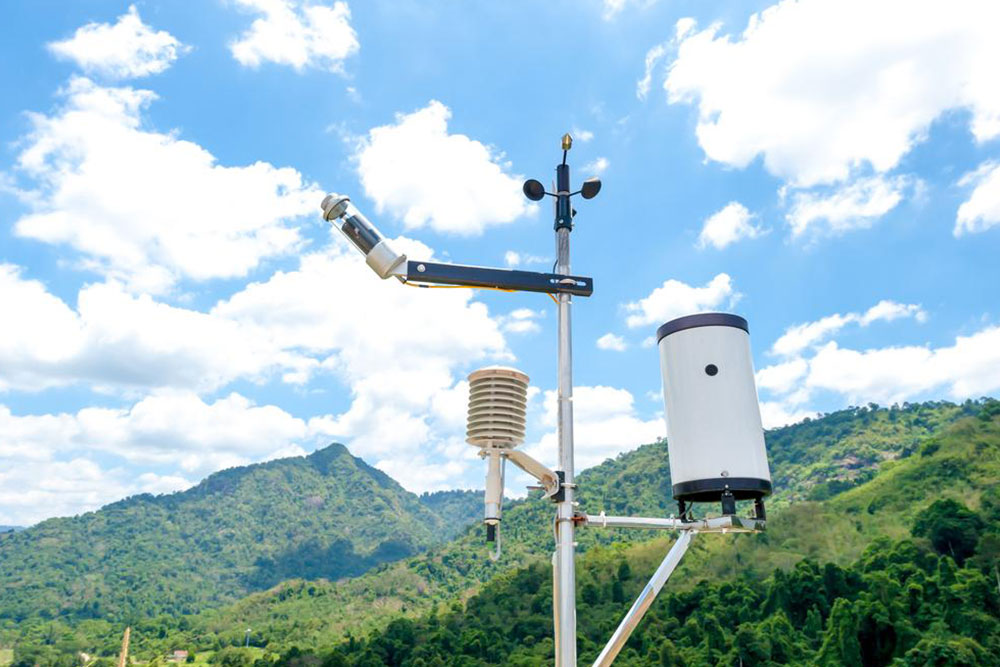Weather stations – What are they?
Weather stations are observatory posts that monitor and record weather forecasts, climate, meteorological, and atmospheric conditions of a city or a state. Weather station can either be on land or sea, based on the what geographical area it is intended to monitor.
Weather stations at sea measure the atmospheric conditions and climate using ships. They measure certain different parameters such as sea surface temperature, wind speed and wind period. Weather buoys measure parameters such as sea surface temperature or wind speeds.

The weather stations use different type of sensors such as hygrometer, which measures relative humidity, barometer that measures atmospheric pressure. Anemometer measures wind speed and thermometer that measures temperature.
Weather stations of bigger capacities have ceilometer that measure the cloud height (from the surface). Visibility sensors that measure the extent of visibility when its foggy or when it is raining. Rain gauge measures the liquid equivalent precipitation. Disdrometer is used to measure the (rain) drop size distribution. Some other sophisticated instruments are also used that measure unusual parameters like ultra violet index, leaf temperature, soil moisture and soil temperature.
Weather stations at snowy areas have ultrasonic snow depth sensors that measure thickness of the ice that might have formed in a lake or any other waterbody. Pyranometer measures the amount of solar radiation.
If the weather station has instruments that need to be in direct exposure of atmosphere, they should be covered or sheltered in a ventilated box. Instruments such as thermometer are kept away from direct sunlight as it might record false temperature other than atmospheric temperature. Hygrometers are kept away from direct wind as they might record false humidity readings.
Based on their geographical locations, weather stations can be of many types, some of them are;
Dedicated ships
Dedicated ships came into existence during world war II. They were introduced by International civil aviation organization (ICAO). 13 of them were deployed in the ocean in 1948. Of the 12 left in operation, 9 were deployed in the Atlantic Ocean and 3 of them in Pacific. These dedicated ships were later replaced by satellites and Ocean Buoys.
Ocean Buoys
Called as weather buoys or dedicated buoys, they collect data from oceans, lakes or whatever waterbodies they’ve been deployed in. Moored buoys and drifting boys have been in use from the year 1950 and 1970 respectively. Moored buoys are connected with the sea beds either using nylon chains or polypropylene. They are 1.5 meters to 12 meters large and are comparatively bigger than drifting buoys. Dedicated buoys generate less errors in weather forecasting as compared to dedicated ships.
Personal weather stations have instruments to measure various weather parameters that are operated by an individual, group, organization or an association. These personal weather stations come with digital consoles that display the updated weather data and some of them are interfaced with personal computer.


